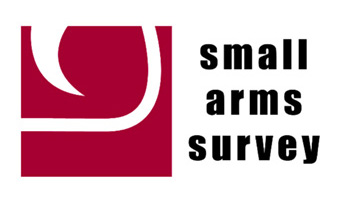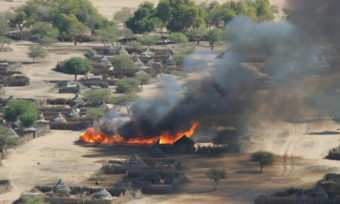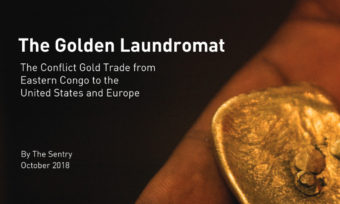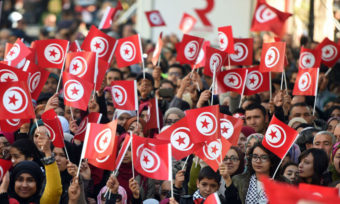A new report from the Small Arms Survey’s Human Security Baseline Assessment (HSBA) project examines the history of Sudan’s militia strategy and the role of paramilitaries and militias in the country’s armed conflicts, notably in Darfur, South Kordofan, and Blue Nile. It also discusses the long-term economic, political, and social costs of Sudan’s militia strategy for the state and society, as well as its implications for any future security sector reform process in Sudan.
This Issue Brief was written by Jérôme Tubiana and is based on interviews conducted in 2015–16, including with Sudanese militia members and chiefs, in eastern Chad, and in other locations out- side Sudan. It also draws on the author’s earlier research in Darfur, South Kordofan, Blue Nile, and outside Sudan. The author wishes to thank Suliman Baldo for his constant support and the Conflict Armament Research analysts for their help in identifying ammunition captured from ivory poachers.
Key findings include the following:
Khartoum has increasingly relied on paramilitary forces and militias, in particular from the Arab tribes of Darfur and Kordofan, to fight successive wars. In spite of the high costs involved, the country’s economic crisis and internal disagreements on the issue, it has continued to develop these militias, most recently with the formation of the Rapid Support Forces in 2013.
The militia strategy has come at a high price. Militias have often attacked civilians rather than fought insurgent forces, attacked regular forces and government allies, and committed abuses, thus contributing to protracted armed conflicts in Sudan.
Allegations that natural resources such as gold and ivory are funding Sudanese militias appear to be largely unfounded. The available evidence suggests that core government paramilitary forces remain highly dependent on government funding.
Sudanese militias include members with cross-border identities in neighbouring countries who have fought in Chad, the Central African Republic, Libya, and South Sudan. With or without Khartoum’s consent, their willingness to fight in neighbouring countries risks contributing to further regional instability.
Any future security sector reform efforts will need to ensure political representation for communities from which the militias originate; sources of alternative income for militia members; guarantees and incentives to disarm; and militia members’ engagement in peacebuilding efforts.
You can download this new publication from HSBA website: HSBA Issue Brief 27 – Remote Control Breakdown : Sudanese Paramilitary Forces and Pro-Government Militias, by Jérôme Tubiana.








